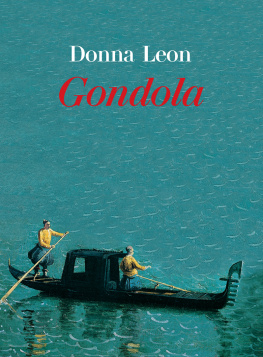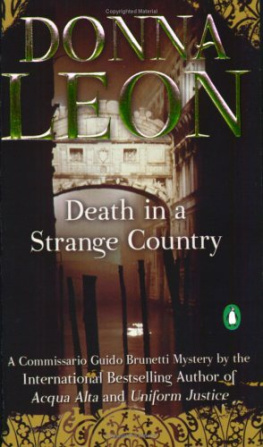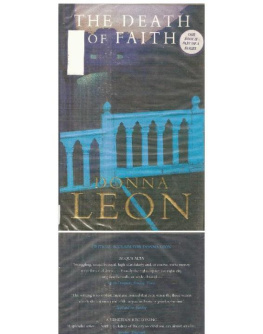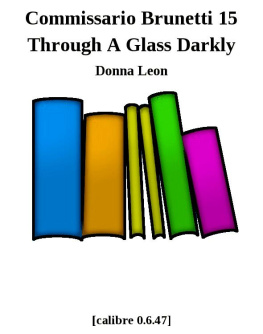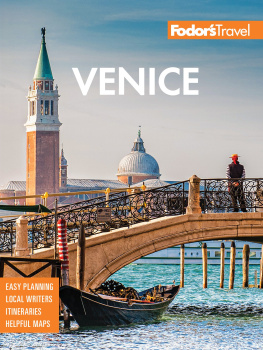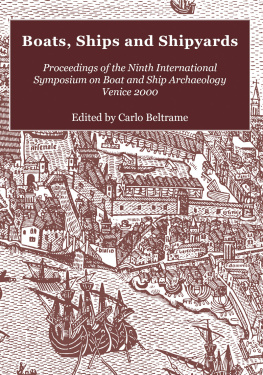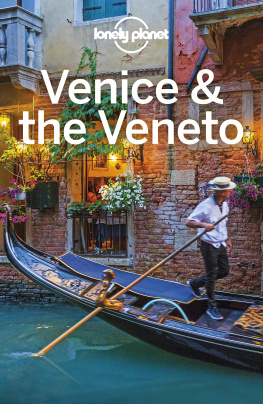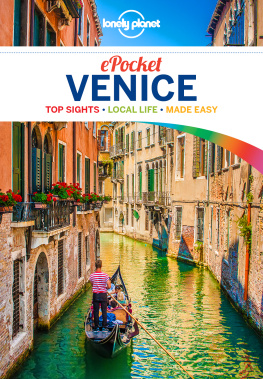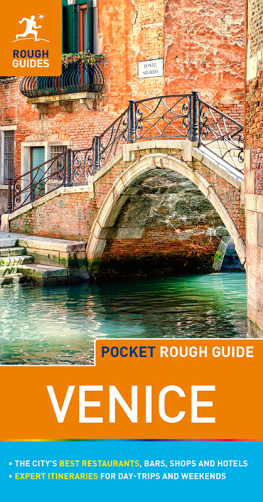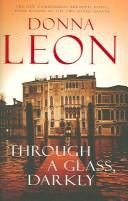

Donna Leon
Gondola

For Christine Stemmermann
With thanks to Shaul Bassi and Philip Morre for their assistance with the barcarole translations
Copyright 2013 by Diogenes Verlag AG Zurich
All rights reserved. No part of this book may be reproduced in any form or by any electronic or mechanical means, including information storage and retrieval systems, without permission in writing from the publisher, except by a reviewer, who may quote brief passages in a review. Scanning, uploading, and electronic distribution of this book or the facilitation of such without the permission of the publisher is prohibited. Please purchase only authorized electronic editions, and do not participate in or encourage electronic piracy of copyrighted materials. Your support of the authors rights is appreciated. Any member of educational institutions wishing to photocopy part or all of the work for classroom use, or anthology, should send inquiries to Grove Atlantic, Inc., 154 West 14th Street, New York, NY 10011 or .
Published simultaneously in Canada
Printed in the United States of America
FIRST EDITION
ISBN 978-0-8021-2266-7
eISBN 978-0-8021-9252-3
Cover illustration: Canaletto (Giovanni Antonio Canal): The Mouth of the Grand Canal and the Church Santa Maria della Saluta, undated (clipping) Copyright 2011 Louvre, Paris / Giraudon / The Bridgeman Art Library
Atlantic Monthly Press
an imprint of Grove Atlantic, Inc.
154 West 14th Street
New York, NY 10011
Distributed by Publishers Group West
www.groveatlantic.com
14 15 16 17 10 9 8 7 6 5 4 3 2 1
Contents

Introduction
T hat Venice is in peril is a fact so universally acknowledged that one of the committees which raises funds to aid in the restoration of works of art in the city bears that name: Venice in Peril . It is in peril from climate change, declining population, mass tourism, cruise ships, and from the various agencies of government which seem deaf to the voices of its citizens. At the same time, however, attempts are being made to control the effect of the tides and to prevent the assault of acqua alta, Teatro La Fenice has been rebuilt, and there is always the compensation of the beauty which surrounds residents or tourists anywhere in the city.
Part of that beauty on common offer is the sleek, mysterious gondola, the boat whose name and image are inextricably linked with the city. For centuries its blade-like hull has been cutting through the waters of the canals, taking people to and from home, the Rialto, assignations, work. Rowing from the back is the gondoliere , once the trusted servant, sometimes confidant, of families, today but another worker in the tourist industry.
Just as the gondola has remained recognizably the same through the centuries, so too have the barcarole which were sung from their decks centuries ago. Like the boat, these songs are quintessentially Venetian: sung in dialect, they present the real life and concerns of the people in the city. Venice once created a mercantile empire, and sacked Byzantium, but its citizens worried about love. The city itself ultimately fell to the invasion of Napoleon, but the Venetians went on drinking too much and longing after girls. Their hopes and desires fill the lyrics of the barcarole, and the music at times sophisticated, at times simple carries the listener along the tides of beauty just as does the gondola, from whose decks these lovely songs were first heard.
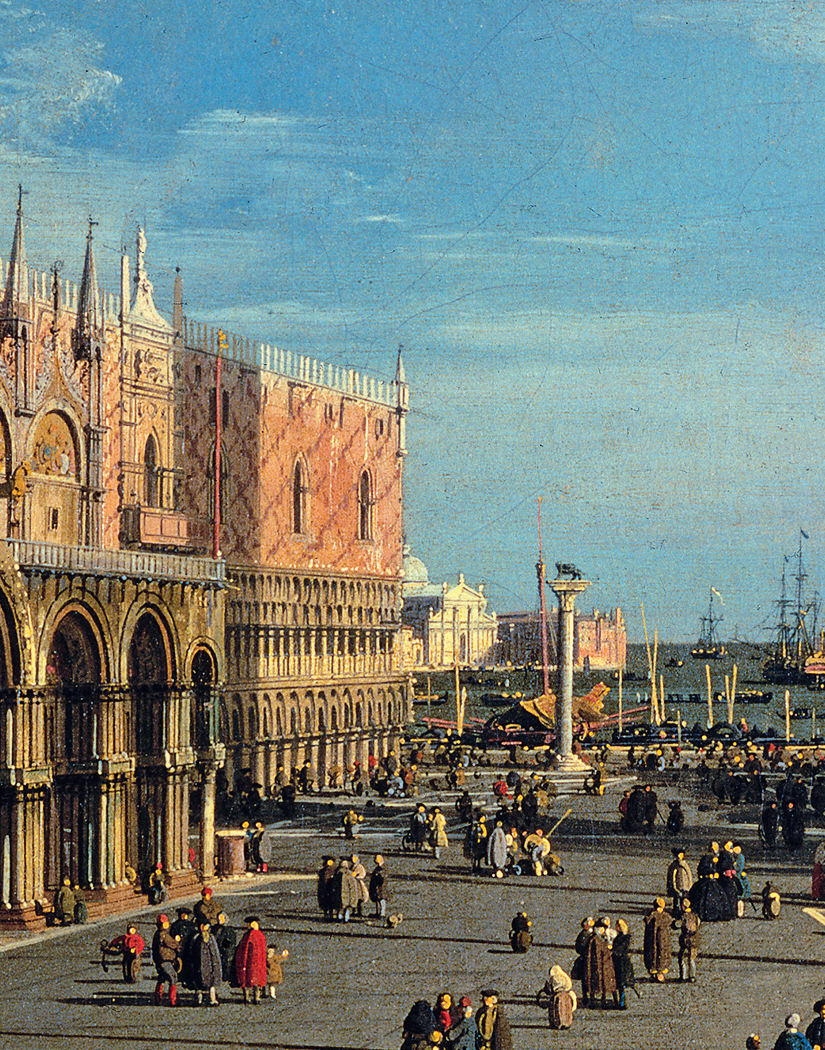
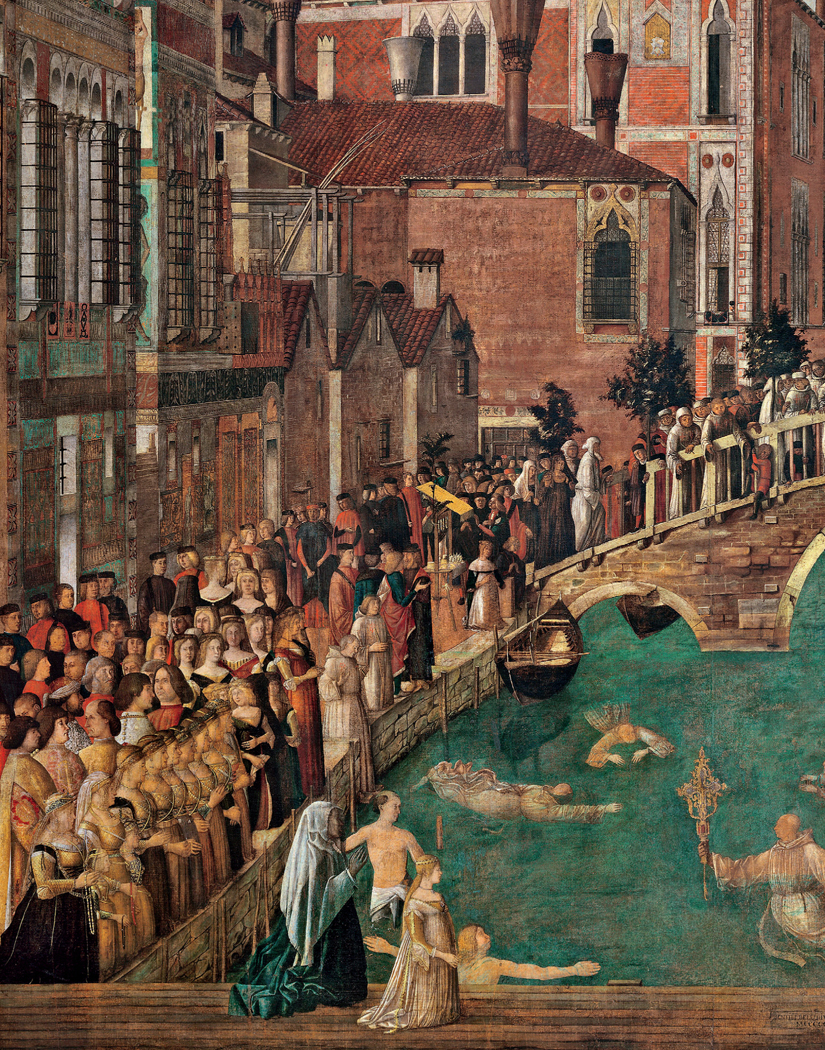
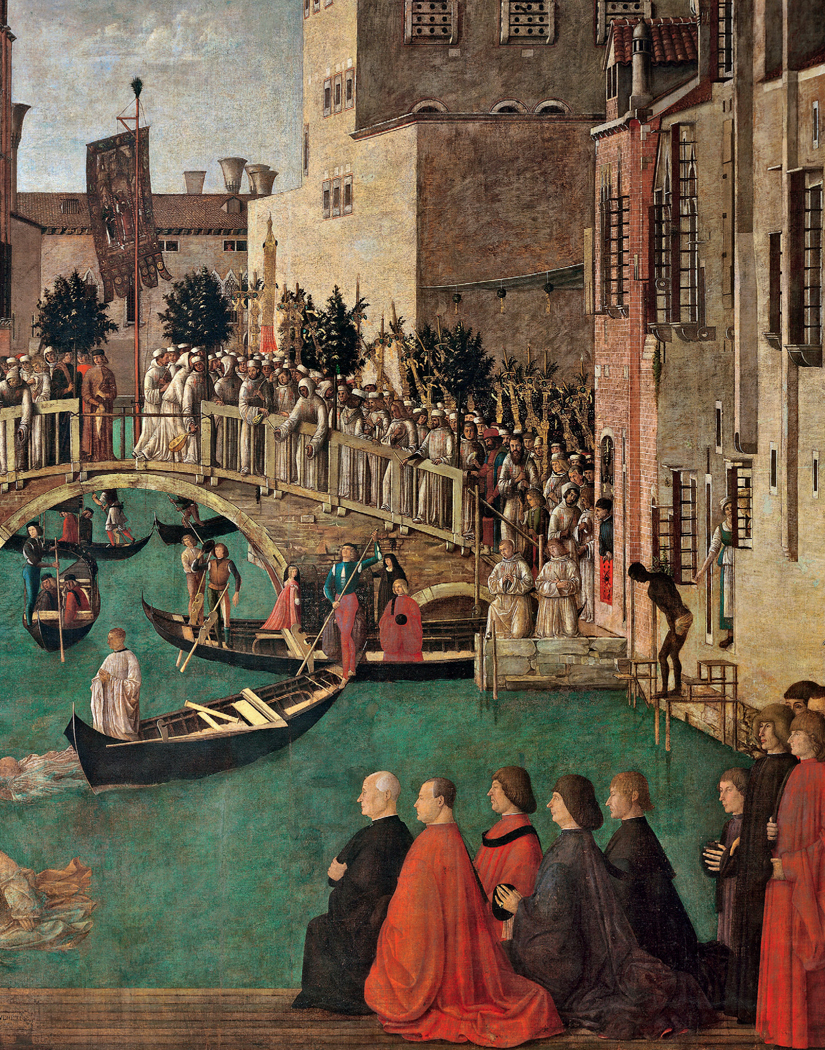
The Gondola as a Paradox
T he stunned response of many people who come to Venice for the first time is to gasp in amazement at the glory of what they see. Magnificent buildings line up in chronological disarray; neighborhoods are connected to one another only by bridges; the Basilica of San Marco appears drunk on domes and gold, and most streets seem undecided about where they are going.
A suitable response to the city would be to laugh in amazement at the things that, by rights, should not be. Those buildings jostling one another are built on mud and water, arent they? The historical and religious symbol of the city is a lion with wings, an aerodynamic and ornithological impossibility. Equally unlikely is the boat that is a palpable symbol of the city the gondola for it is, in open defiance of all shipbuilding logic, asymmetrical, longer on the right side. It is flat-bottomed and propelled by a standing man rowing from one side with a single oar. Further, in todays speed-obsessed world, this boat lacks a motor, generally moves at the pace of a walking man, and is no longer subjected to frequent design alterations to increase its speed or maneuverability.
This hardly sounds like a combination that is going to meet with great success, yet Venice was, for centuries, the center of the Western World in terms of wealth, luxury, and military might. Those apparently floating buildings were, in reality, firmly based on wealth and political stability. The lion was no docile tabby: the armies of Venice stormed the walls of Byzantium and conquered an empire, then sacked it and brought the booty home, where the gondola moved people and goods through the city quickly and easily. All three might have looked strange, but by heaven, they achieved all of this.
Once the most important city in the West, Venice is today a tiny provincial town of fewer than 60,000 residents. It can, however, be argued that it is the most beautiful city in the world as well as the best known. Its been there more than a thousand years. The buildings have been redesigned, stripped bare, reconstructed, flooded and burned. History has clipped the lions wings as the city fell victim to the invading armies of the French, the Austrians, the Germans, and now the tourists. The gondola, too, has undergone countless changes in the centuries that gondolieri have been rowing it silently through the canals; the prow has gained height, and the boat has been made flatter and wider, then changed shape to its modern appearance. It was stripped bare of decoration and forced by law to be black. Yet it remains as unmistakable a symbol of a city as the Parthenon, the Coliseum, the World Trade Center. Those others are in ruins, or gone, but the gondola is still going about its quiet business of taking people from one place in the city to another. Ten centuries have passed, and its still made by specialist artisans of the same types of wood; prow and stern are still protected by ornamented metal strips; and its gondoliere still moves it at an amble through the waterways of Venice.
Much about the city can be learned by a close look at the gondola, its construction and history, its place in the culture, the fascination with which it is viewed by Venetians and non-Venetians alike. La gondola is the longest-lived female in the city and the most fascinating. Like the pasts of many beautiful women, hers is clothed in mystery, and the stories told about her often conflict with one another. Her appearance has changed over the years; many men have adored her: Goethe, Rousseau, Chateaubriand. Though not a widow, she always wears black. Though of uncertain origins her true name can be pronounced only in Veneziano. Gondola, when pronounced in Italian, sounds almost right, but not quite, for there should be no l in her name when it is said in her native dialect. Thus, no matter how often like her home city she is at the service of foreigners, she is destined to remain forever and completely Venexiana, as are the barcarole that accompany this book.
Next page
